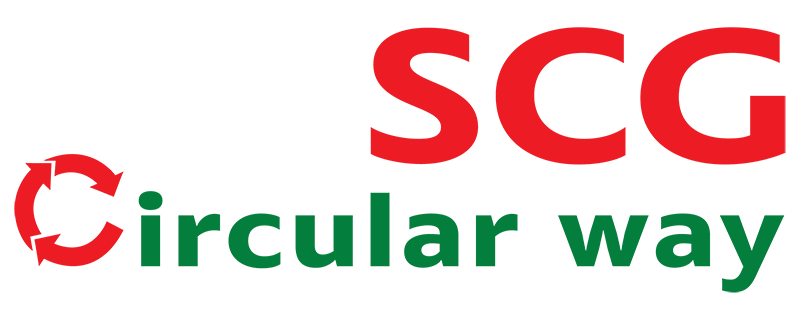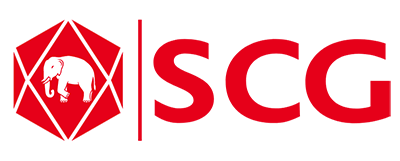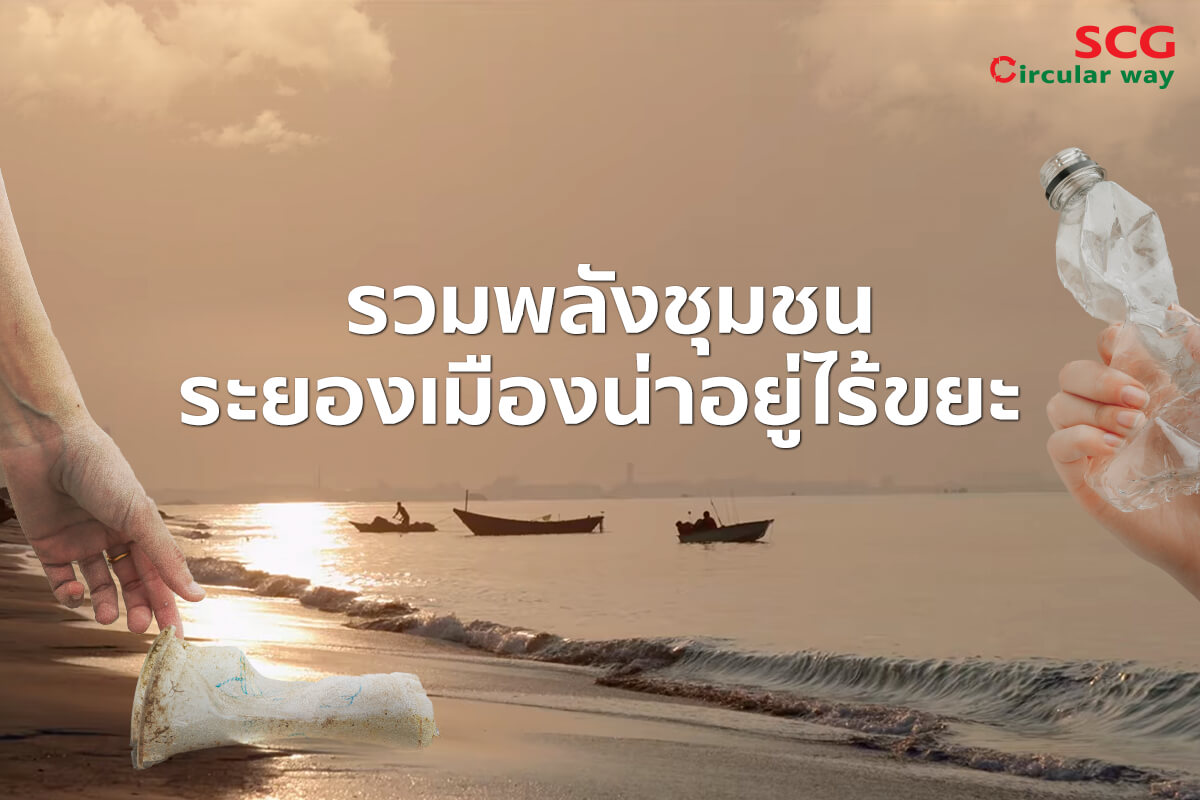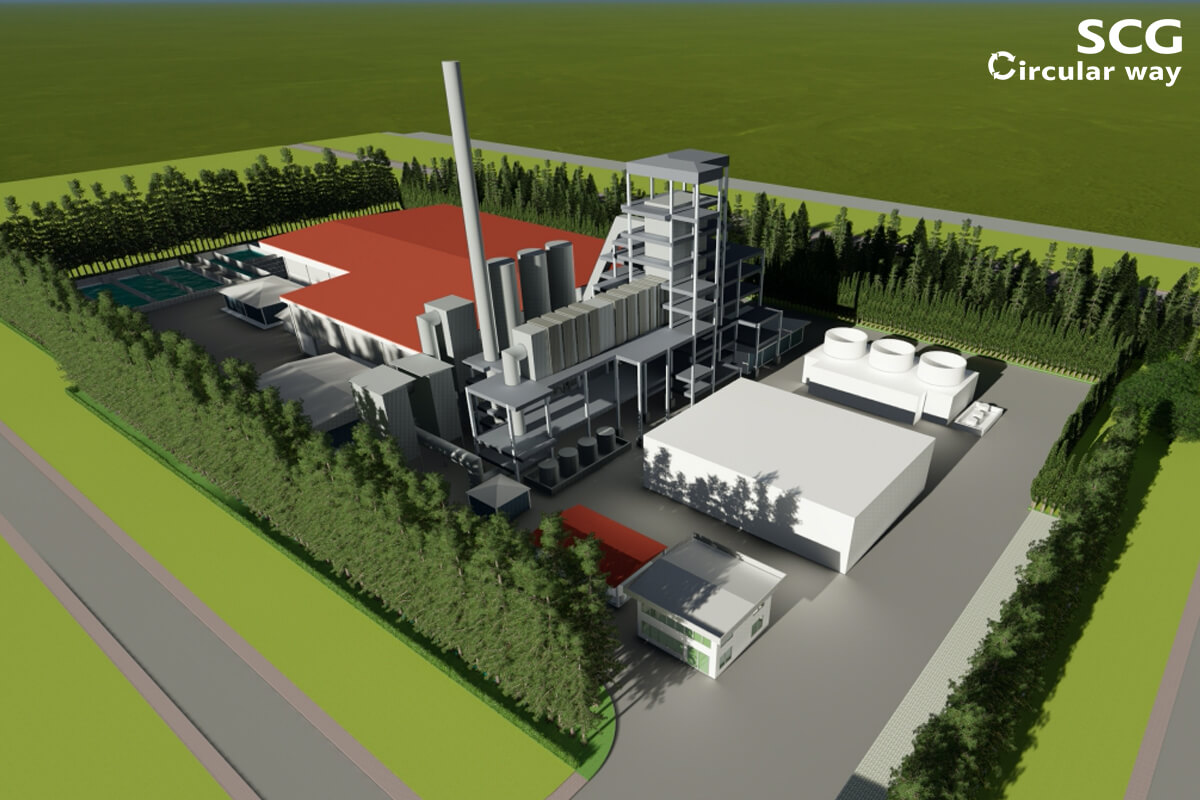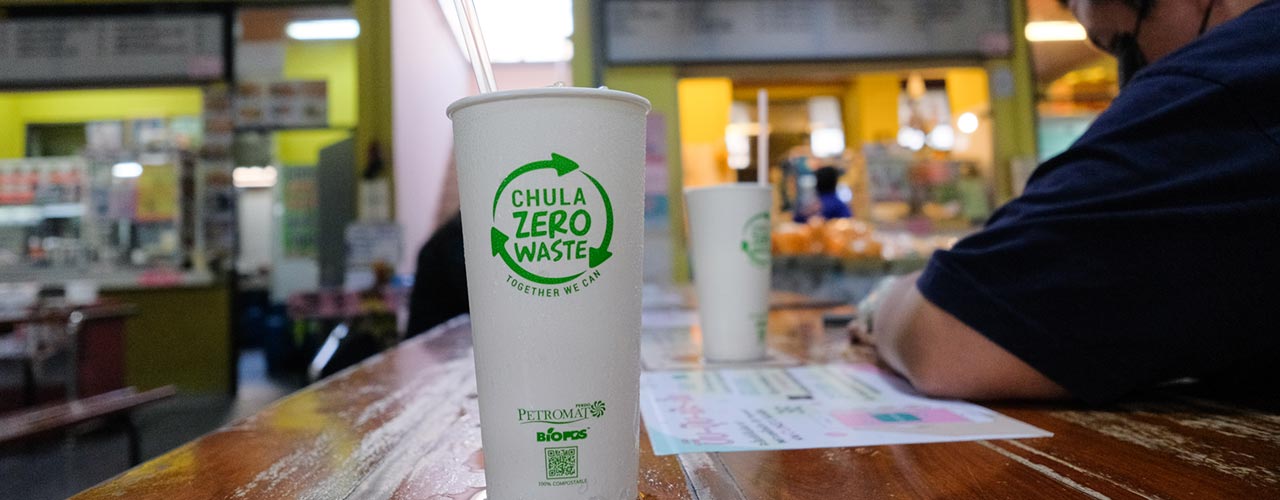For many people, Rayong province is known for flavorful fruits and top-rated tourist attractions or the country’s primary industrial zone. Not many know that the Rayong community is one of the vital force that takes meaningful action on environmental problems. One of the top environmental shortcomings is waste issue. Every day, people unavoidably generate waste from consumption or activities. As waste is produced daily, a well-established and proper waste handling system in place will result in a better environment.
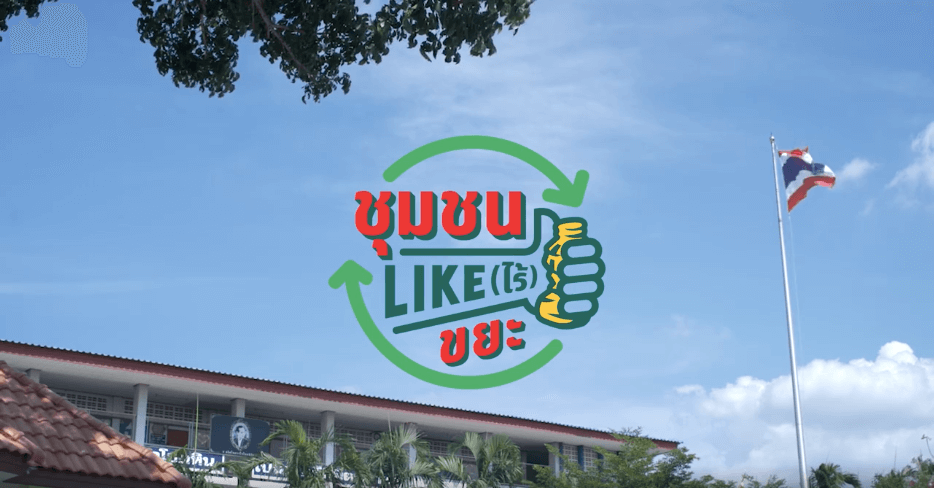
An exemplary community model at Map Ta Phut municipality in Rayong province has established an integrated and systematic waste management approach where they add value to resources and community. Chemicals Business, SCG, has fostered community stance on environmental stewardship and encouraged the adoption of SCG Circular Way to link relevant sectors through a local model. As a result, ” Waste-free Community” was introduced and driven by a collaboration between home, temple, school and waste bank.
Starting at “Home” with Sap Charoen Community Members
The community members sort out dry and wet waste and separate them by material types, i.e. plastic bottles, glass bottles, cans, etc. They also wash plastic bags. The community president coordinates with the waste bank to ensure fair waste trade to help generate income for the community.
Reinforcing at “Temple”
The model reinforces education and better understanding among monks, novices and temple goers on resource efficiency through activities within the temple. The waste generated from merit-making will be separated by materials. Plastic wastes that contain different plastic properties will be further extracted.
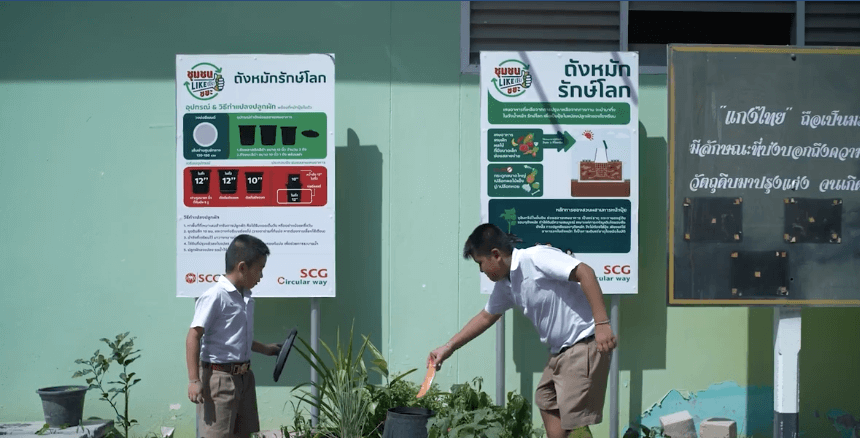
“School” and Waste Management
Circular Economy has been added as part of school subjects along with hands-on exercises. For example, Khot Hin Mittraphap 42 School has added waste management in school courses and encouraged students to wash milk pouches as well as putting the right rubbish in the right bin for recycling.
And Last Part, “Community Waste Bank”
It serves as knowledge resources to educate people on different waste types, and functions as a waste dropping point for participating temples and schools. The waste bank uses SCG’s digital application “KoomKah” to holistically manage and add value to waste on top of ensuring waste distribution to recyclers.
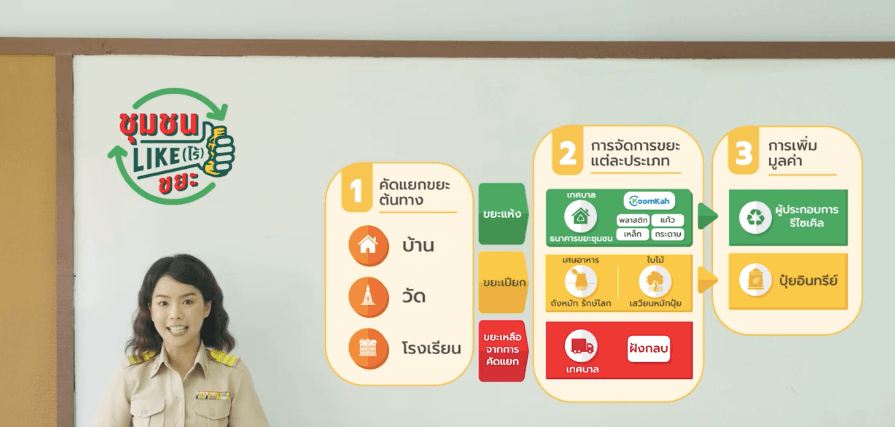
Waste is certainly not an individual’s responsibility, but everyone’s to work towards a sustainable environment. The model “Waste-free Community” has successfully engaged over 80 communities in Rayong where over 6,500 kilograms of wastes are recycled aligning with the Circular Economy. And we believe that if every household, community, temple, and school, embed waste management actions like Rayong community regardless of following “Waste-free Community” model, the environment in the community and our world will be much better.
